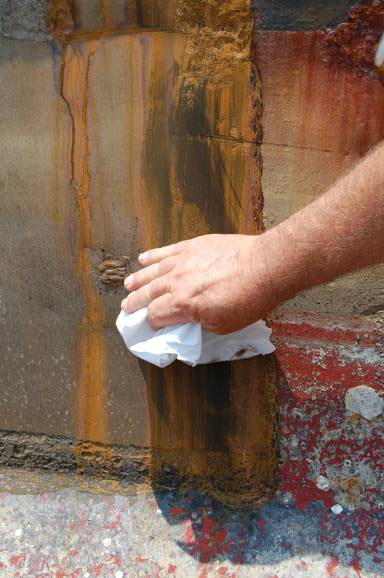The Cassells Part 2
Then the troubles started. Nancy flushed with anger at the memory of the way she and her husband had been manipulated by a European consultant.
Nancy shook her head as she remembered when Blain had insisted on hiring a certain Dr. Fuchs, a German manufacturing consultant. It seemed to Nancy that Fuchs came highly recommended with suspiciously faint praise. She had been amazed when Blain was taken in by the thick spread of flattery concerning the genius of American entrepreneurs such as Cassell. Fuchs delivered this praise in a heavy accent during drinks after an expensive dinner—the astronomical charges for which the consultant paid and later added to his billing. Fuchs, whose name translated as Fox, was to design the reaction vessel for five gallon batches. Nancy Cassell was also skeptical of the way the man waived his hands about and retreated into German when she tried to pin him down on the finer points of the design.
And Nancy felt a sense of unease when Cassell decided not to inform CTA that they were building the reaction vessel on their own, citing delays on the project when CTA made friendly inquiries. Hadn’t the CTA people always been helpful and honest with them? The Fuch’s designed reactor never worked properly.
Blain Cassell hired an expensive patent lawyer to work with Dr. Fuchs. When Nancy sent over the patent draft to CTA, CTA commented that the claims were too broad. Dr. Fuchs had added language to cover any metal, and lots of other compounds. CTA felt that a more specific patent would be acceptable. In time, CTA was proven right when Blain, who by that time had spent more money than their business could afford on patent lawyers and consultants, had the patent rejected. In time, with the rejection of the patent, they finally abandoned the project.
And then, to make matters even worse, another paint company, much larger than Cassell’s, went for a similar patent. The patent claims were not excessively broad. It was granted. Nancy knew that this company tracked pending patents and CTA had told her that when Blain abandoned the patent application someone else would be right on the spot to follow up. So now, even if the Cassells wanted to make the material, they would have an expensive “prior art” case or would have to pay royalties for a material process that they initiated.
To add insult to injury, CTA had some of that trial formula on their vessel in the New Orleans yacht harbor and had taken many trips along the Gulf coast. After five years, it was performing perfectly.
How could the Cassells come so close to a new product and not get it produced, accepted, and on the market? They could have sold the material or the process to all of the major marine coatings manufacturers and made millions. Nancy was more than a little frustrated with Blain. Now, the investment in a new product line of nuclear coatings had to succeed. Everyone knew that they were going bankrupt.
(To be continued)
This is a work of fiction. All references to real names and places are accidental or are used for fictional purposes only.












January 4, 2015
Concrete Evidence, Feature